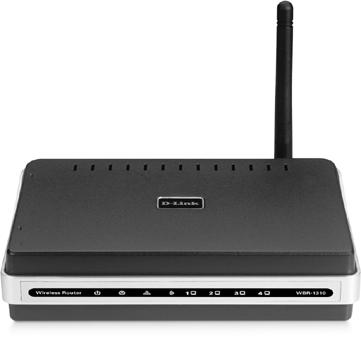Every Wi-Fi network must have at least one access point. Wi-Fi access points, or base stations, are radio transmitter/receivers (transceivers) that send and receive data by radio and exchange that data with a wired Ethernet network. You can think of an access point as a router between a Wi-Fi network and a wired LAN.
Most access points have one or two short antennas attached to the back panel; some also have a connector that can mate with a cable from a separate antenna. Separate antennas are useful because they can increase the access point's signal strength and sensitivity, but they're usually not necessary in small indoor home or small business networks. There's more about antennas later in this chapter.
Wi-Fi access points are often combined in a single unit with cable or DSL modems, gateway routers, or Ethernet switches. If your network includes both wired and wireless connections, you might want to consider a combined device, which is often less costly than two separate boxes. Figure 8-2 shows a combined access point, Ethernet switch, and router. Indicator lights on the front of this device show power, wireless activity, and data moving to or from each wired network node.
A single 802.11g or 802.11n base station should provide more than enough signal coverage to reach all parts of a house or small office, but if it doesn't (because of obstructions or interference), the best solution is to add a second (or third) access point at a location where its signal will fill in the dead spots. Each access point should be connected to the wired portion of the network through an Ethernet hub or switch or, if that's not practical, through a wireless bridge that retransmits Wi-Fi signals on a different channel. In a Wi-Fi network with more than one access point, they should all use the same network name, but each one should use a different non-overlapping operating channel.
Photo courtesy of D-Link
